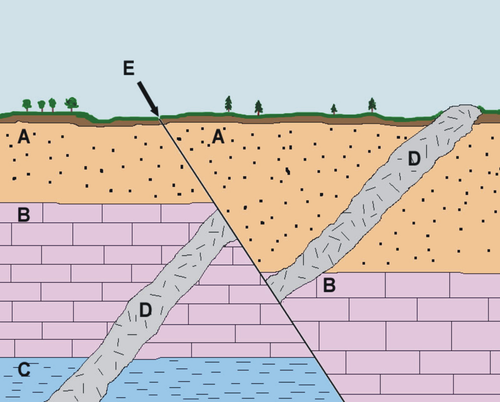According to Newton's Second Law, force depends on what two properties
Mass and Acceleration
Involved in sexual reproduction
Meiosis
The type of boundary where two plates move toward each other
Convergent
The principle that in undisturbed rock layers, the oldest rocks are on the bottom
Superposition
The separation of different constituents of planetary materials based on density resulting in the formation of distinct compositional layers
Planetary Differentiation
The type of force that opposes the relative motion of objects sliding against each other
Friction
Produces 2 identical daughter cells with the same amount of DNA as the parent cell
Mitosis
The type of boundary where two plates move away from each other
Divergent
The type of fossils that are the most useful in determining the relative ages of rock layers
Index Fossils
When the offspring’s phenotype is a combination of the parents’ phenotypes because neither allele in that pair is completely dominant
Incomplete dominance
The tendency of an object to resist being moved or, if the object is moving, to resist a change in speed or direction until an outside force acts on the object
Newton's First Law or Inertia
Involved in asexual reproduction
Mitosis
The type of boundary where plates slide horizontally past each other
Transform
True or False: Faults are younger than the youngest rock layer they cut through
True
A large plume of hot mantle material rising from deep within the Earth which can form volcanoes far from plate boundaries
Hot Spot
As the mass of the object increases, the acceleration ___________
Decreases
Produces 4 unique daughter cells with half the DNA as the parent cell
Meiosis
A type of convergent plate boundary where one plate slides under another
Subduction
Name two criteria that make index fossils useful in determining the ages of rocks
Distinct - easily recognizable
Abundant - many of these fossils exist
Widespread - found in many locations across Earth
Short geologic range - existed for brief period in time
When the two alleles of a gene are different, its genotype is ________
Heterozygous
Whenever one object exerts a force on a second object, the second object exerts an _________ and _________ force on the first.
equal; opposite
Undergoes DNA replication before cell division
BOTH!
Identify 1 feature that forms at each of the 3 types of tectonic plate boundaries
Convergent: mountains, ocean trenches
Divergent: mid-ocean ridges, rift valleys, volcanoes
Transform: faults, shallow earthquake
Write the order of layers from oldest to youngest

C, B, A, D, E
The material left behind by a moving glacier that is generally made up of rocks and soil forming a ridge
Moraine